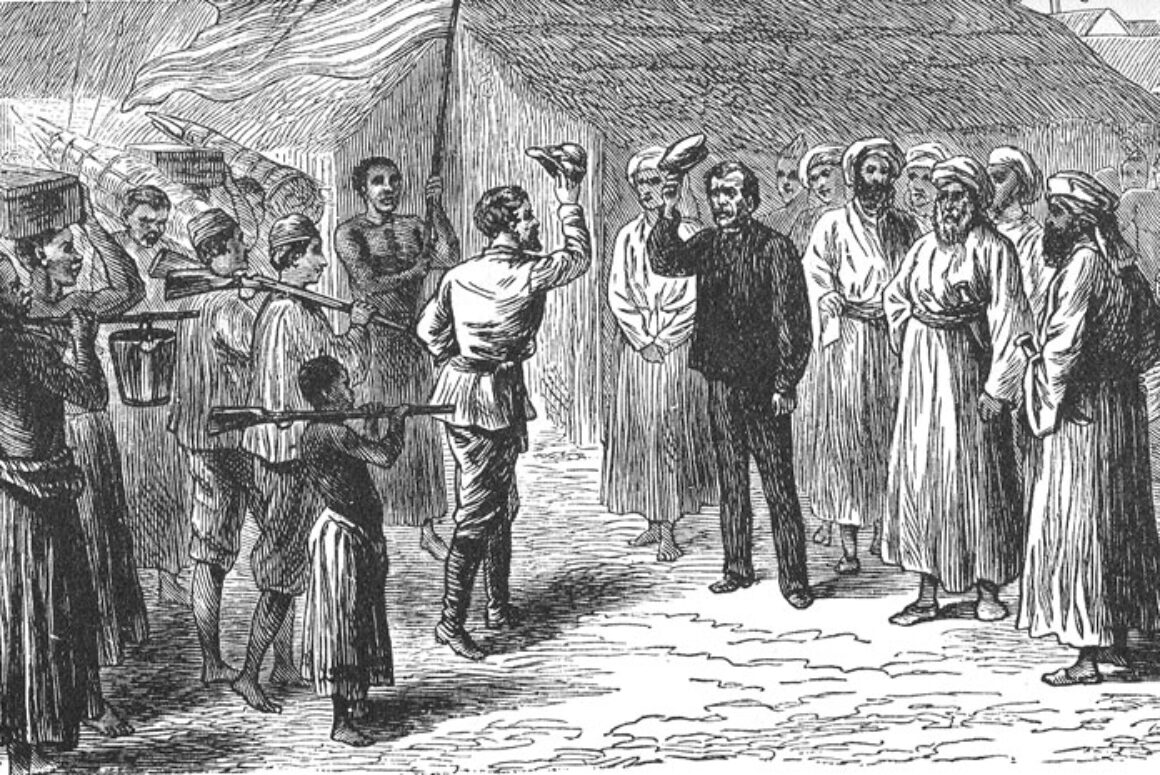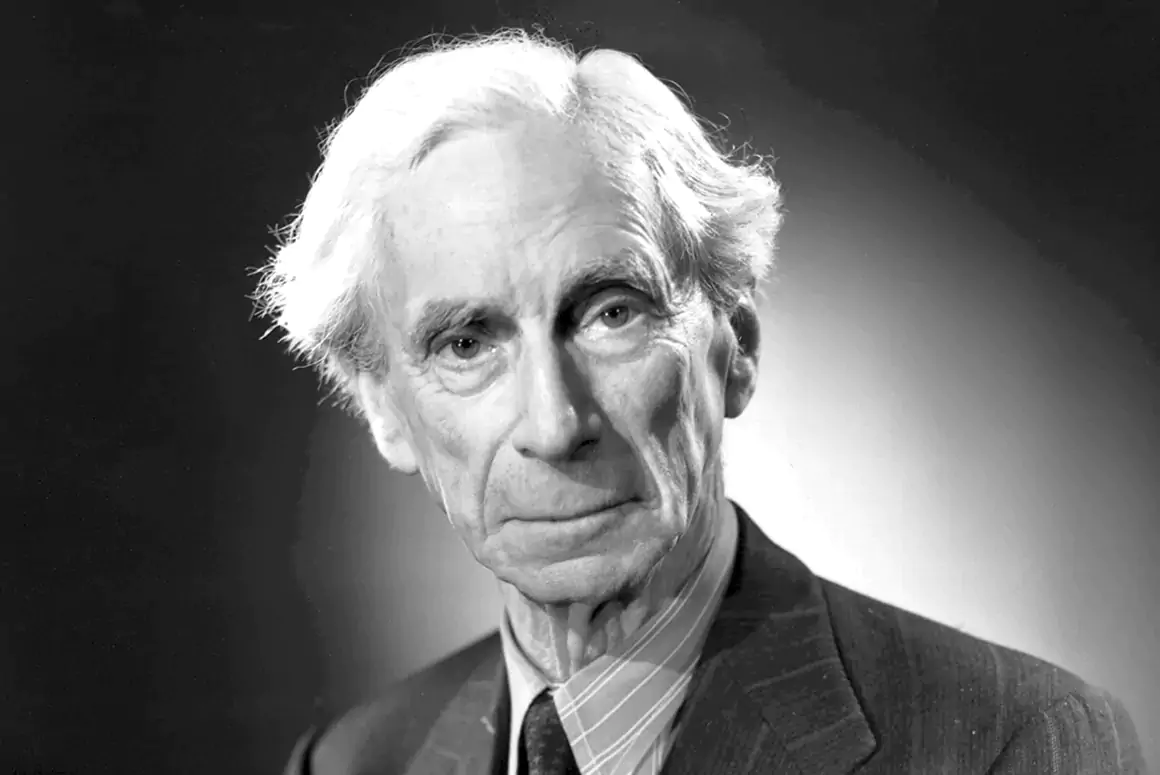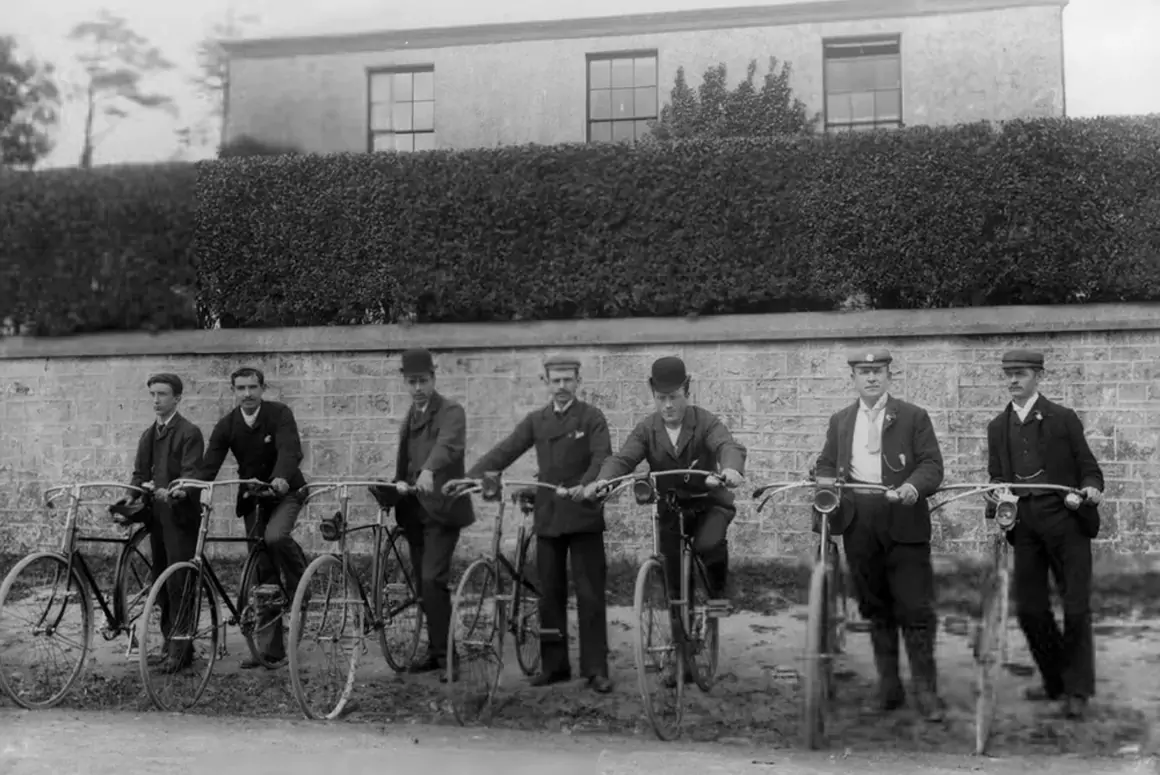![]()
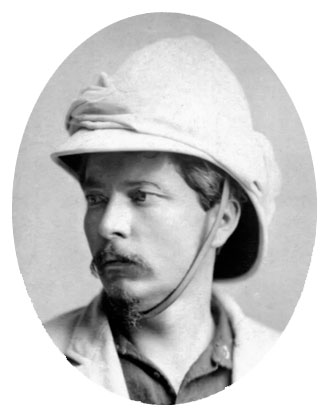
“Dr Livingstone, I presume?”
These famous words were uttered by Henry Morton Stanley, on finding David Livingstone, on 10th November 1871. As far as posterity was concerned, Stanley became more famous for these four words than anything else in his eventful life.
A Central African explorer and journalist, ‘John Rowlands’ was born to unmarried parents in Denbigh, and would only later be known as Stanley. His mother, only 18, abandoned him, whilst his father died a few weeks into his life. The stigma of illegitimacy in straitlaced Victorian England pervaded his life. Brought up by a maternal grandfather, at least young John had some constancy through this person, Moses Parry, until he died when the lad was five. Rowlands was then sent to the workhouse in St Asaph (later the H.M. Stanley Hospital, which closed in 2012) where he was allegedly abused, although it’s now believed this may have been apocryphal on Stanley’s part. It’s hard not to shed a tear about this part of Stanley’s life, although contrary to the lurid tales, he received a decent education and became a keen reader. He achieved a lot given those inauspicious beginnings.
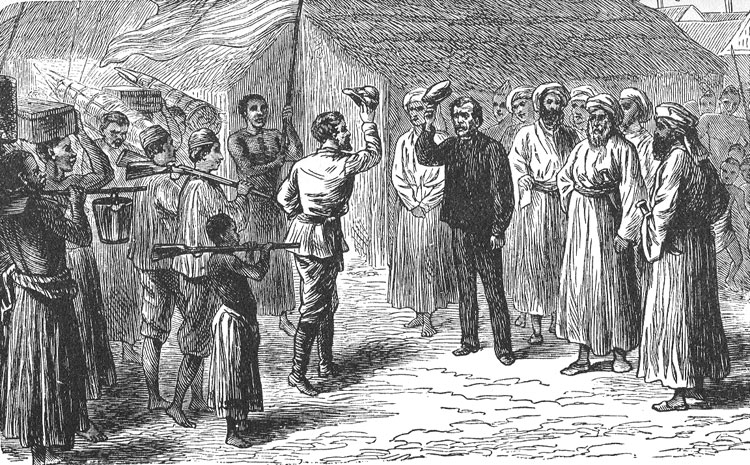
2020 was an interesting year for historical figures, particularly those who may, consciously or inadvertently, leant towards colonialism, especially if they had been honoured with the odd statue. Where do I stand? As an historian, I’ve never been in favour of airbrushing what’s gone before (how would we then learn from it?) however, I’ve always been up for reinterpreting the past. It’s what we do. I’ll bear this in mind when assessing Stanley who played a part in the European colonisation of Africa. There’s a statue of him in Denbigh and it’s fair to say local opinion has been divided.
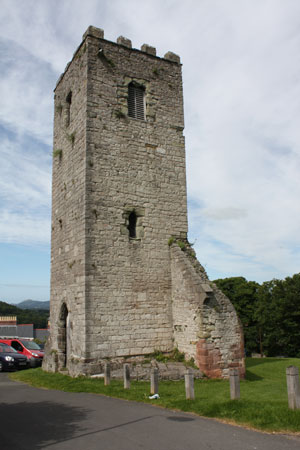
In 1859, Rowlands emigrated, heading to New Orleans as a cabin boy, and taking US citizenship. Here, he was ‘adopted’ by a merchant by the name of ‘Stanley’, although it’s also claimed Rowlands took his name, claiming he was his adopted son, but without meeting him. From now on we’ll refer to him by that moniker. Stanley served in the Confederate army during the American Civil War, as well as the US navy, so fought on both sides.
As well as being a man of action, he was an outstanding ‘journo’. In 1867, he joined the New York Herald, and, as a special correspondent, headed off to Africa to report on the Abyssinian expedition (1867-68) of Robert Napier, 1st Baron Napier of Magdala (1810-90). The first news to hit British streets of the fall of Magdala was courtesy of the Herald. Stanley’s next overseas posting would be to Spain to report on the revolution.
The event that made Stanley a household name was precipitated in October 1869 when he received the taciturn message ‘Find Livingstone’ from James Gordon Bennett Jr. (1841-1918), the Herald’s publisher. David Livingstone, the Scottish-born missionary and explorer, was apparently lost in central Africa, no news having been heard of him for five years. He’d set off to find the Nile’s source.
First of all, Stanley arrived in Egypt, for the opening of the Suez Canal, then journeyed via Palestine, Turkey, Persia and India, and into Africa. In March 1871, Stanley departed Zanzibar for Tanganyika, and finally, on 10th November 1871, he ‘found’ the ailing Livingstone at Ujiji, on Lake Tanganyika (Tanzania). The two men explored together, around the northern end of the lake, and concluded it was not connected in any way with the Nile basin.
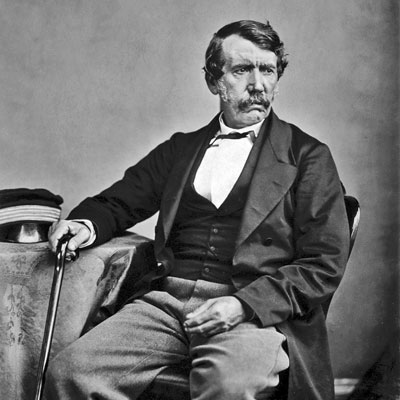
The ’rescue’ of Livingstone did Stanley no harm. When he returned home in 1872, he published ‘How I found Livingstone’, as well as scribing a novel, ‘My Kalulu’ (1873). Not everyone was impressed, the Royal Geographical Society unhappy that an American journalist found Livingstone rather than itself. Having made his name, and followed the Third Anglo-Ashanti War (1873-74), for the Herald, an expedition was sponsored between that paper and the Telegraph to complete Livingstone’s work, the Scotsman having died on 1st May 1873, his mission unfulfilled. Stanley was a pallbearer at his funeral.
Stanley left England in August 1874 destined for Bagamoyo (Tanzania). Making for ‘Victoria Nyanza’ (Lake Victoria in the Bantu language), Stanley circumnavigated the lake, also ascertaining the shape of Lake Tanganyika, before passing down the Lualaba and tracing the Congo to the sea. That expedition of 1874-77 would be Stanley’s greatest, crossing Africa from Zanzibar to the Atlantic, which he reached in August 1877, tracing the course of the Congo and confirming discoveries made by John Hanning Speke (1827-64).
Further publication followed with ‘Through the Dark Continent’ (1878), which told the story of that 1874-77 trek, before Stanley was off again the following year, establishing the Congo Free State (today’s Democratic Republic of the Congo) under the auspices of Leopold II, King of the Belgians (1835-1909), assisting him in laying claim to this chunk of Africa, having apparently been rebuffed in England. Stanley helped to open up the Lower Congo to commerce, including building roads, but the methods were not always philanthropic, with use of forced labour. Stanley participated in the Congo Congress, held in Berlin, over 1884-85, because of competing French interests, which enabled European powers to settle their differences (for now) on the continent. This was the era when European nations regarded carving up Africa as a birth-right, and the legacy was not always benevolent. The Congo Free State, which Stanley helped Leopold establish, was a case in point with atrocities perpetrated on indigenous peoples.
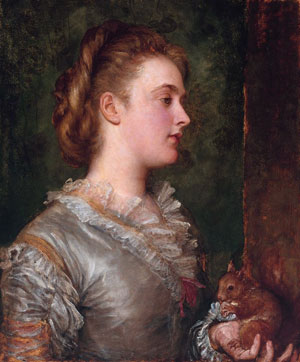
Another expedition departed, ostensibly for the relief of Emin Pasha (1840-92), governor of the Equatorial Province of Egypt, who’d been effectively cut off by the Mahdist revolt. Stanley landed at the mouth of the Congo, in March 1886. In the June, Stanley split his force, leaving some of his contingent on the Aruwimi, while he advanced into the forest with close-on 400 men, eventually linking up with Pasha in April 1888 on the shores of Lake Albert. Having relieved the rear-guard, Stanley trekked with Pasha overland to the east coast, reaching Bagamoyo in December 1889, discovering Lake Edward and Mount Ruwenzori along the way. This latter expedition of 1886-89 saw Stanley crossing central Africa again, from west to east this time, helping to lay the foundations of what became Uganda and Kenya. In many respects, much of the modern map of Africa is owed to this Welshman of illegitimate birth.
Stanley settled down after this lifetime of wanderlust, marrying Dorothy Tennant (1855-1926), a London-born artist, in 1890, undertaking a worldwide lecture tour, and resuming his British citizenship in 1892. He was also a Member of Parliament between 1895 and 1900 and was knighted in 1899.
It’s hard to judge people fairly so long after they lived, but my own personal opinion, for what it’s worth, is that Stanley was no racist. He was an explorer whose achievements served the cause of colonialism. He fell out with Leopold and disapproved of slavery, which he denounced in articles.
Words: Stephen Roberts
Chronology:
1841 – Birth of Henry Morton Stanley, known as ‘John Rowlands’, in Denbigh (28th January).
1847 – Rowlands is admitted to the St Asaph Union Workhouse on the death of his father.
1859 – Rowlands heads out to New Orleans as a cabin boy, aged 18, and is ‘adopted’.
1867 – Stanley joins the New York Herald and reports on Napier’s Abyssinian expedition.
1871 – Stanley ‘finds’ Livingstone at Ujiji on Lake Tanganyika (10th November).
1874 – Start of the Herald/Telegraph expedition to Africa, Stanley’s greatest expedition.
1886 – Start of Stanley’s last major expedition, ostensibly to relieve Emin Pasha.
1890 – Marries Dorothy Tennant (12th July). They adopt a son, Denzil.
1895 – Becomes a Liberal Unionist MP for Lambeth North.
1899 – The illegitimate lad from Denbigh is knighted.
1904 – Death of Henry Morton Stanley, in London, aged 63 (10th May).
Images:
(1) Henry Morton Stanley, classically-posed in pith helmet, 1872, aged 31 (author – London Stereoscopic & Photographic Co., source – library.si.edu).
(2) ‘Dr Livingstone, I presume?’ – Illustration from ‘How I found Livingstone’ by Henry Morton Stanley.
(3)The tower of St Hilary’s, Denbigh. It was here that John Rowlands was baptised in February 1841. The church was abandoned in 1874 and largely demolished in 1923 (author – Richard Ash, source).
(4) David Livingstone, 1864 (author – Thomas Annan, source – www.flickr.com)
(5) Dorothy Tennant (later Lady Dorothy Stanley) whom Henry Morton Stanley married in 1890 (author – George Frederic Watts, source – www.thedailypainting.blogspot.com, collection – original in the Tate Gallery).


